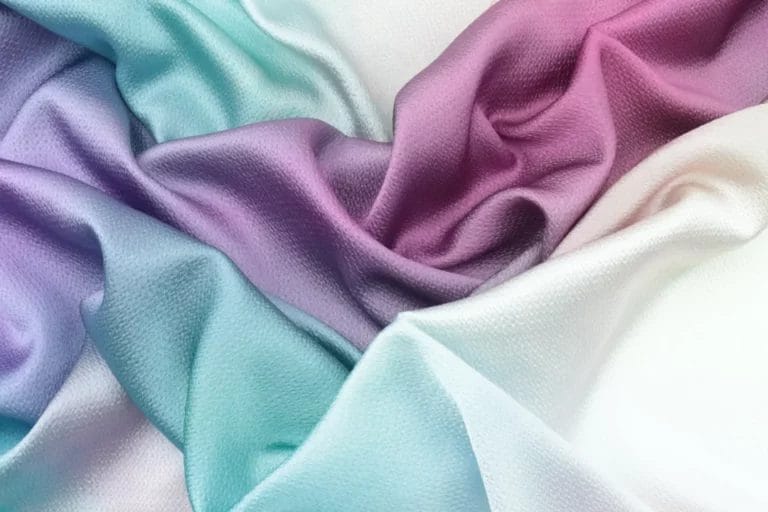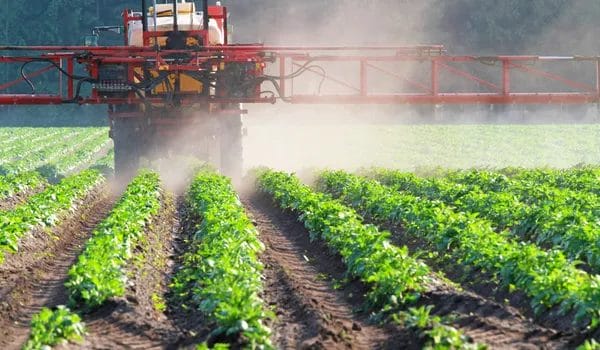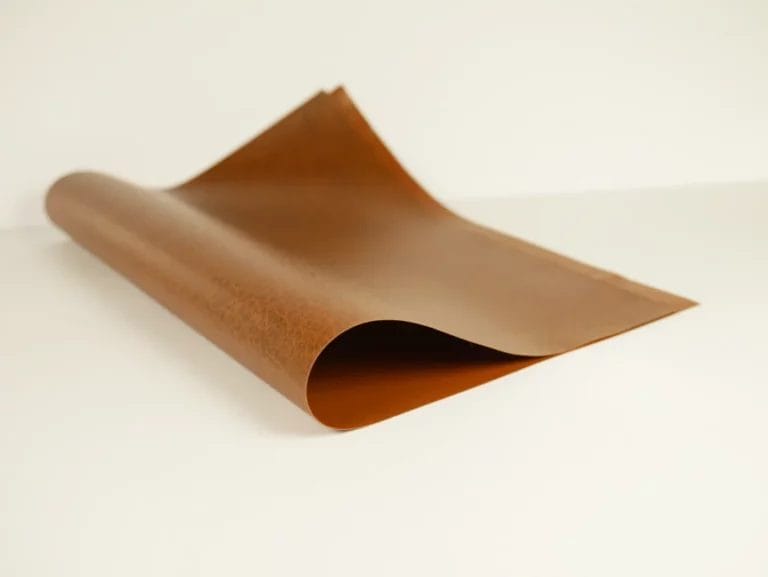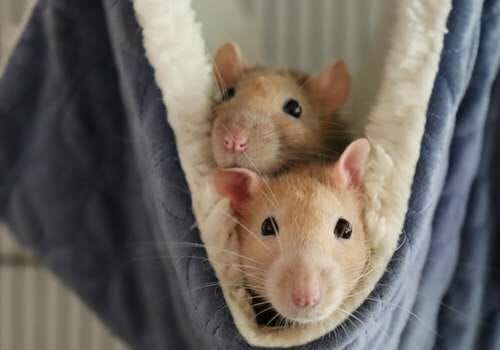Is Cheese Wax Compostable?
Discover the surprising truth about cheese wax: Is it a sustainable solution or an environmental concern?
As the eco-conscious community continues to grow, understanding the compostability of everyday items has become increasingly important. One such item often overlooked is cheese wax, a protective layer used to preserve our favorite dairy treat.
But can this material be added to your compost pile? In this comprehensive guide, we dive into the world of cheese wax and explore its composition, potential challenges when attempting to compost it, and best practices for disposing of it responsibly – all while making sustainable choices for our environment.
- Cheese wax is not compostable due to its synthetic composition and potential harm to the environment.
- Composting dairy products like cheese, milk, and yogurt can be done in moderation by chopping them into smaller pieces, mixing them with brown materials, and avoiding anaerobic conditions.
- Composting dairy products like cheese, milk, and yogurt can be done in moderation by chopping them into smaller pieces, mixing them with brown materials, and avoiding anaerobic conditions.
- Responsible disposal methods such as reusing cheese wax or checking with local recycling programs can help reduce waste in landfills.
Understanding Cheese Wax And Composting
Cheese wax is a type of protective coating used to preserve cheese from moisture and air, made from a combination of paraffin, colorings, and microcrystalline; while it’s biodegradable, cheese wax isn’t compostable because traditional versions are made from synthetic waxes that take up to 450 years to decompose.
Definition And Uses Of Cheese Wax
Cheese wax is a specially formulated blend of paraffin, microcrystalline wax, and colorings used to preserve and protect various types of cheese. Acting as an air-tight seal, this protective coating keeps mold and bacteria at bay while maintaining freshness.
Get Your Hand on Your Eco-Friendly Living Starter Guide!
The primary function of cheese wax extends beyond visual appeal; it plays a crucial role in the aging process for hard cheeses like cheddar or gouda. As these varieties mature over time, their flavors develop more depth, making the preservation process essential for their taste quality.
For instance, artisanal cheesemakers often prefer traditional waxes made from beeswax due to their natural composition and breathable nature that contribute significantly to flavor development during maturation.
Can Cheese Wax Be Composted?

Cheese wax, typically made of paraffin and microcrystalline wax, is not the best candidate for composting due to its petroleum-based composition. Although cheese wax is technically biodegradable, it can take hundreds of years to break down in a landfill.
A primary concern with adding cheese wax to your compost pile revolves around the challenges it poses to the decomposition process. Petroleum-based products such as paraffin do not readily decompose under typical home-composting conditions; they may even potentially slow down the process by inhibiting essential oxygen flow or increasing anaerobic conditions.
Challenges Of Composting Cheese Wax
Composting cheese wax can be quite challenging due to its non-compostable nature. As cheese wax is made from a blend of petroleum-based paraffin and microcrystalline, it does not break down easily like organic materials such as food scraps or brown materials in compost piles.
In addition to the slow decomposition rate, cheese wax often acts as a barrier that prevents moisture and air from penetrating into the composting mass. This creates anaerobic conditions within the pile, which can lead to unpleasant odors and improper breakdown of other organic matter present in the compost heap.
To overcome these challenges while still supporting sustainable choices, one could explore creative ways to reuse leftover cheese waxes instead. For example, using them as fire starters or crafting unique household ornaments reduces waste and contributes positively towards environmental conservation efforts.
Tips For Composting Cheese Wax
If you are looking to compost cheese wax, there are several tips you can follow to do so in a responsible and effective manner. Here’s what you need to know:
- Avoid adding large quantities of cheese wax to your compost pile, as it can take hundreds of years to break down completely.
- Instead, try using small pieces of cheese wax as a fire starter or add them to your compost pile sparingly.
- Cheese wax should not be the primary source of carbon in your compost bin. Instead, use brown materials like leaves or shredded paper.
- Make sure that the cheese wax is buried deep within the compost pile and covered with a thick layer of organic material to help it decompose faster.
- Avoid adding any dairy or meat products to your compost pile at the same time as cheese wax, as they can attract pests and cause odor issues.
- If in doubt about whether your cheese wax is suitable for composting, opt for responsible disposal methods instead, such as recycling or sending it to a specialized waste facility.
By following these tips, you can ensure that your cheese wax is disposed of in an eco-friendly way that minimizes its impact on the environment while still enjoying all those delicious types of cheese brands out there!
Making Sustainable Choices With Cheese Wax And Composting
By responsibly disposing of cheese wax and composting dairy products, we can make a positive impact on the environment.
Responsible Disposal Methods

Responsible disposal methods are essential for eco-conscious individuals who want to do their part in reducing waste and protecting the environment. Here are some ways to dispose of cheese wax responsibly:
- Reuse the Wax: Instead of throwing leftover cheese wax away, consider reusing it for various purposes, such as making candles or fire starters.
- Check with Local Recycling Programs: Before disposing of cheese wax in your trash can, check with local recycling programs that accept specific types of plastic waxes.
- Use Beeswax-Based Cheese: Choose eco-friendly cheese brands that use 100% biodegradable and compostable beeswax-based cheese.
- Add it to Your Compost Pile: While not all types of cheese wax are compostable, organic materials such as beeswax can be added to your compost pile to help break down other food scraps and yard waste.
- Avoid Landfills: Cheese wax takes hundreds of years to break down in landfills, contributing to environmental pollution and harming wildlife. Therefore, avoid throwing away cheese wax in landfills as much as possible.
By adopting these responsible disposal methods, you can contribute towards creating a healthier and sustainable planet while also preserving our natural resources for future generations.
Benefits Of Composting Cheese Wax
Composting cheese wax may not be advisable, but composting the leftover cheese can provide numerous benefits. When you add cheese and other dairy products to your compost bin, they act as a bulking agent, which helps maintain the optimal moisture levels for decomposition.
Additionally, decomposing cheese and dairy products like cottage or hard cheeses release nutrients that enrich the soil naturally without chemicals.
Not only does this increase the fertility of your plants, but it also reduces waste in landfills and saves you money on fertilizers.
Role Of Individual Actions In Sustainable Choices

Making sustainable choices with cheese wax and composting is not only the responsibility of policymakers but also an individual’s duty to protect the environment.
As eco-conscious individuals, we have a significant role to play in ensuring that waste generated from our homes doesn’t end up in landfills.
Reusing or recycling leftover cheese wax can be an excellent way for us to reduce our carbon footprint while making sure that we are doing our part for the environment. For example, instead of throwing away babybel cheese wax after use, you could collect and reuse it as a fire starter or add it as organic material in your compost pile.
In conclusion, every action counts when it comes to making sustainable choices with cheese wax and composting.

Is Cheese Wax Compostable: A Recap
In conclusion, understanding the compostability of cheese wax is crucial as we strive towards more sustainable lifestyles. While cheese wax may be biodegradable, it is not necessarily compostable due to its synthetic composition and potential harm to the environment.
However, natural waxes can be used in place of traditional paraffin waxes for a more environmentally-conscious approach. It’s important to properly dispose of dairy products while considering the impact on our planet.
FAQs:
What Is Cheese Wax Compostability, And Why Is It Important?
Cheese wax compostability refers to the ability of cheese wax to break down naturally in a composting environment, reducing waste and promoting sustainability.
Understanding its compostability can help individuals make informed decisions about disposal methods for used wax and reduce their environmental impact.
How Do I Know If My Cheese Wax Is Compostable?
Check the packaging or label on your cheese product to see if it explicitly mentions that the wax is biodegradable or compostable. Alternatively, you may be able to find information from the manufacturer’s website or by contacting them directly.
Can All Types Of Cheese Wax Be Composted?
No, not all types of cheese waxes are created equal when it comes to their ability to decompose in a natural setting fully.
Some products may contain additives or synthetic materials that hinder their breakdown, while others may simply take longer than expected due to factors such as temperature or humidity levels.
How Should I Dispose Of My Used Cheese Wax If I Cannot Compost It?
If your used cheese wax cannot be added directly into a home-based composter, look for alternative ways to repurpose it before throwing it away, such as using remnants as fire starters for campfires/bonfires or melted down into small batches which can be reused around household essentials like wooden items, etc.,
If this isn’t possible, place any unusable scraps in with general garbage so they end up being processed with other forms of municipal waste management instead (i.e., incineration).






